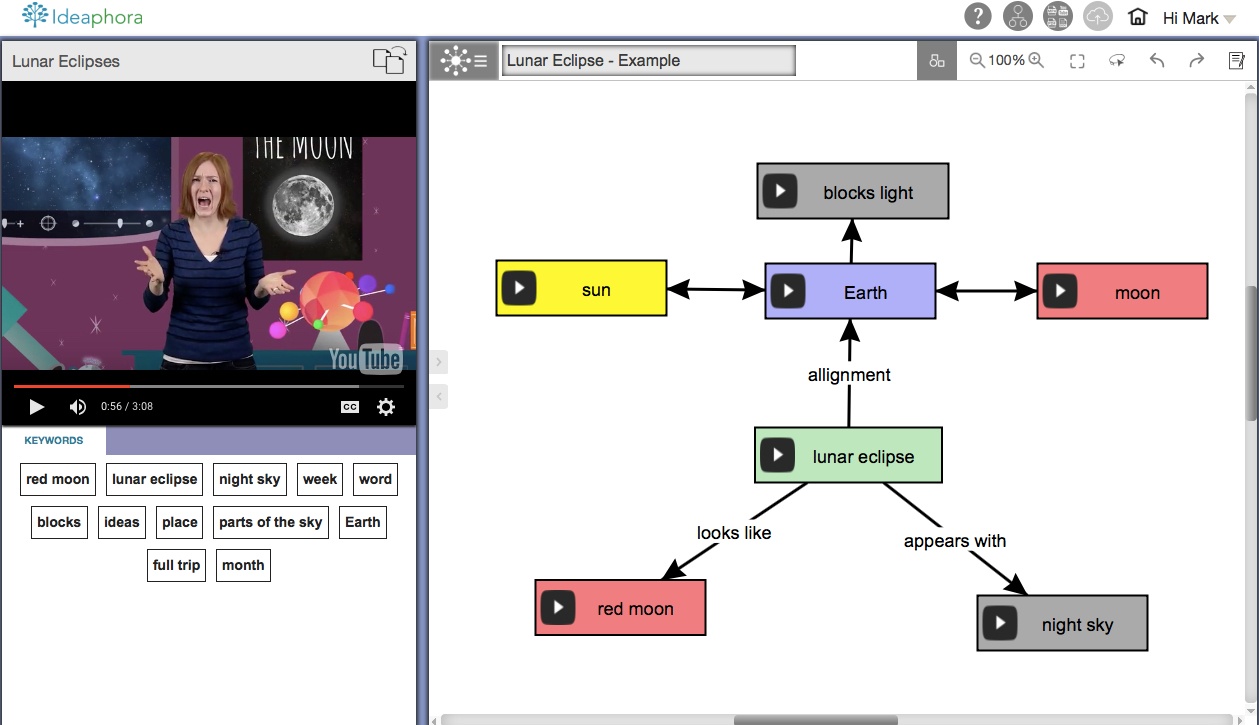 At the Content in Context Conference in June this year, Judson Wagner, Supervisor of STEM, CTE, and Instructional Technology at Brandywine School District in Delaware, explained that his hope for the future of education technology was to provide solutions that enable educators to make students' thinking visible. He expounded that he was seeking ways to evaluate when and how student engagement is translating into learning.
At the Content in Context Conference in June this year, Judson Wagner, Supervisor of STEM, CTE, and Instructional Technology at Brandywine School District in Delaware, explained that his hope for the future of education technology was to provide solutions that enable educators to make students' thinking visible. He expounded that he was seeking ways to evaluate when and how student engagement is translating into learning.
Educators have been interested in visible thinking for several years with the seminal Visible Thinking initiative conducted by Project Zero's David Perkins and Ron Ritchhart at Harvard University. Project Zero defines visible thinking as "a broad and flexible framework for enriching classroom learning in the content areas and fostering students' intellectual development at the same time." The approach emphasizes three core practices: thinking routines, the documentation of student thinking, and reflective professional practice. And, some of its key goals are:
- Deeper understanding of content
- Greater motivation for learning
- Development of learners' thinking and learning abilities.
- Development of learners' attitudes toward thinking and learning and their alertness to opportunities for thinking and learning
- A shift in classroom culture toward a community of enthusiastically engaged thinkers and learners
Ideaphora’s knowledge-mapping environment was designed to support the goals of making thinking visible. Knowledge mapping is one way to externalize learners' thought processes - what concepts they think are important, how they connect concepts, and what they change when new information is introduced - and use that information to improve learning. "The Science Behind Ideaphora" white paper delves further into this topic. Check it out to learn more about knowledge mapping technology and visible thinking, or sign up for our beta to experience it first-hand.

